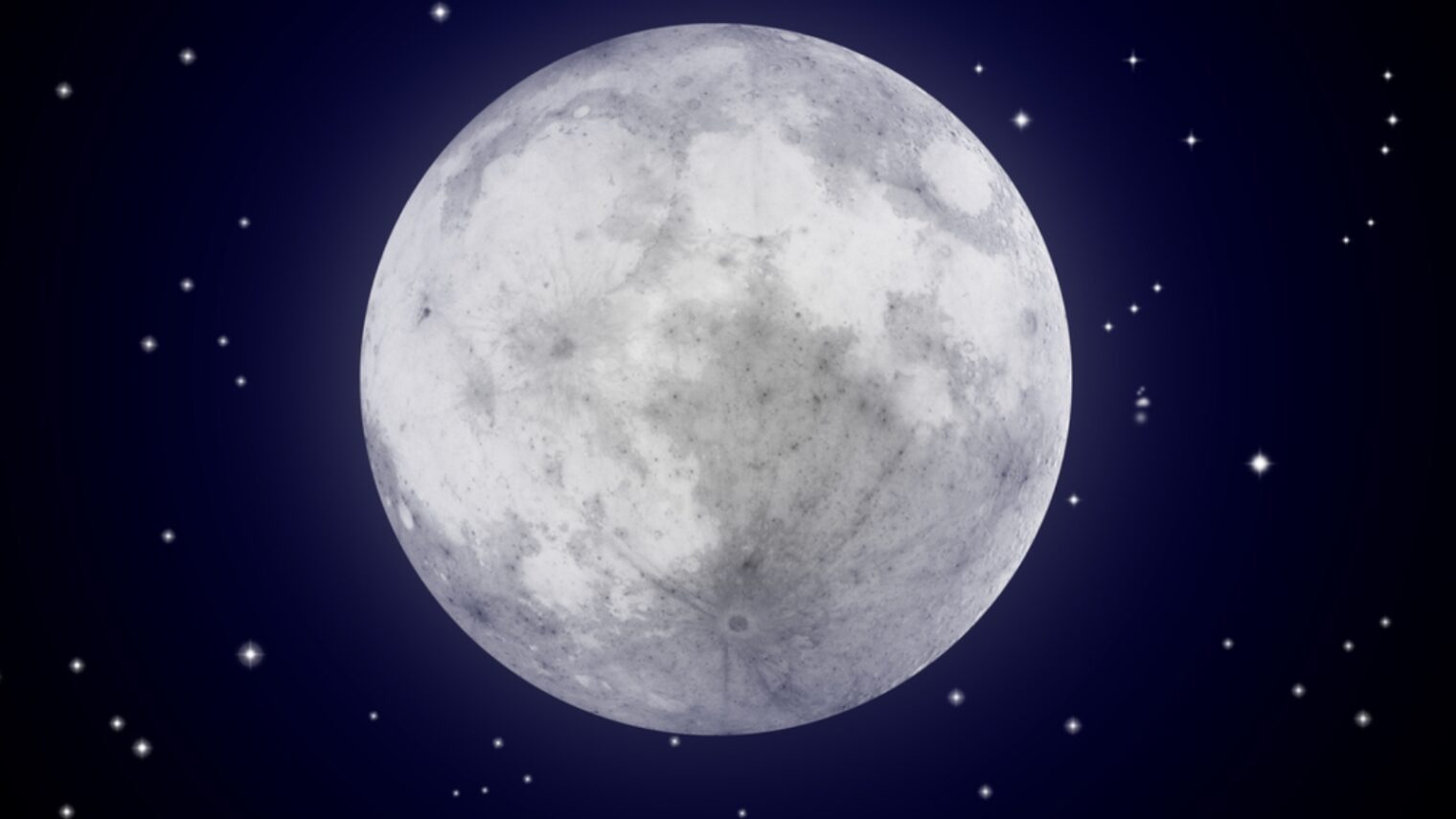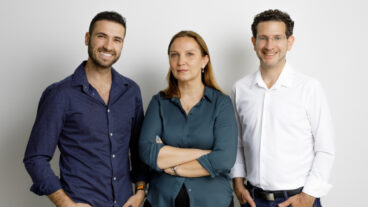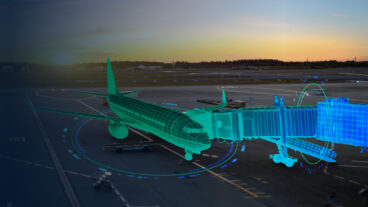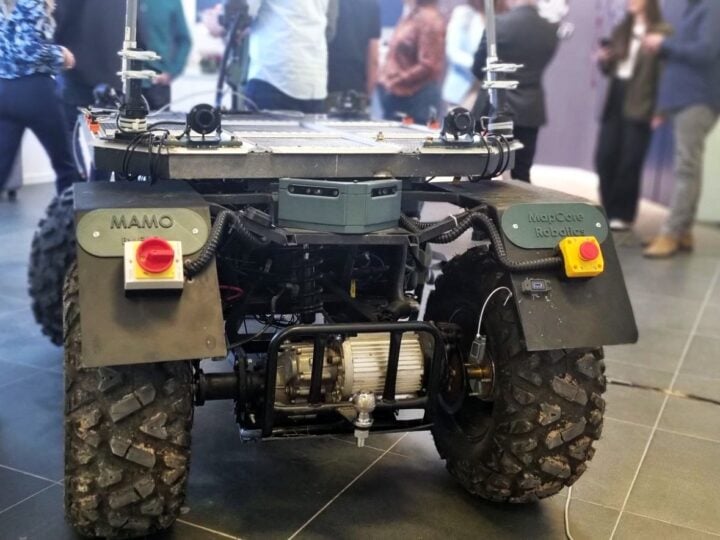Israel’s SpaceIL was announced yesterday as one of only five finalists remaining in the multi-million-dollar Google Lunar XPrize race to the moon.
The other finalists are teams from India, Japan and the United States, as well as an international team of individuals from about 15 countries.
The competition began 10 years ago with 33 teams vying to be the first to soft-land a privately funded, unmanned robot on the moon, move it 500 meters across the moon’s surface and transmit high-definition video and photos back to Earth.
The top prize is $20 million, while the second to fulfill the requirements will receive $5 million. An additional $5 million in bonus prizes is to be awarded.
Few would have expected a team from young, small Israel to hang in as others dropped out, but Israelis enjoy accomplishing seemingly impossible feats.
“Today, more and more commercial companies, smaller nations and even universities are pursuing deep-space missions. Initiatives like the Google Lunar XPrize encourage this trend, which has great importance for humanity,” said SpaceIL CEO Eran Privman.
Kfir Damari, one of the founders of SpaceIL, notes that although his team was the last to register in the competition, at the end of 2010, it was the first to secure the required launch contract.
“The fact that we’re one of five teams that achieved this shows what we always knew: We are at the forefront of global technology in Israel and the space industry here has potential to be a leader globally,” Damari tells ISRAEL21c. “This gives us a lot of motivation to shoot for the moon.”
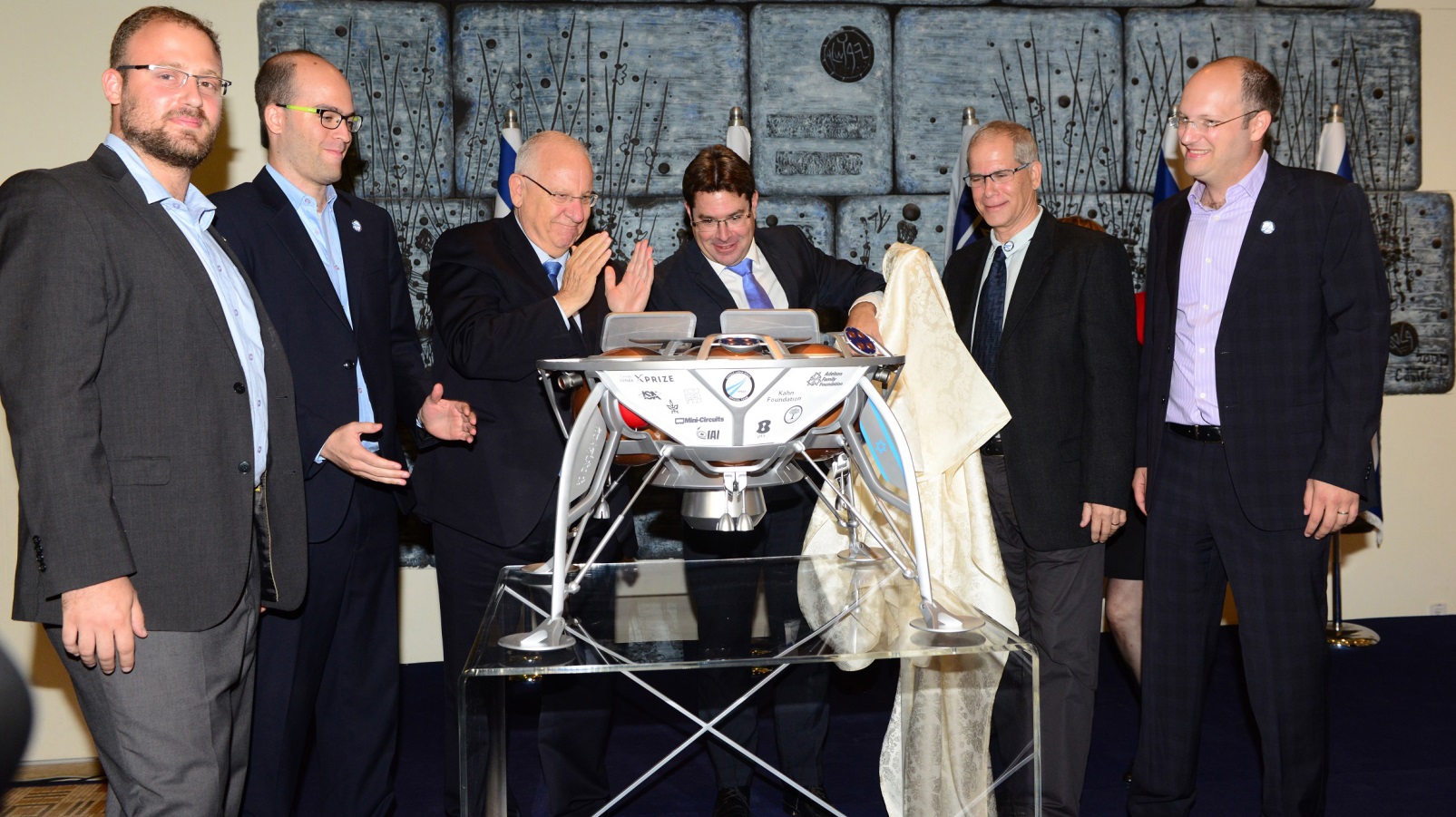
The teams are in contact with one another and met several times, most recently in Israel.
About 30 SpaceIL engineers are working in an Israel Aircraft Industries facility in Yehud to complete the spacecraft in the next 11 months. While the other teams are reportedly developing a rover to drive their robot 500 meters, SpaceIL’s propulsion system will enable its craft to “hop” 500 meters from the initial landing spot.
“We originally thought to build and launch a smaller spacecraft but as we started the engineering work we realized the fuel tanks we were seeking don’t exist yet,” says Damari. The current iteration weighs about half a ton.
The cost of the robot rose along with its scope. “The project now costs more than the $20 million prize,” Damari says. “But people see that it’s not just about the competition and the prize money. They see the impact on the Israeli space industry as more and more civilian companies are involved in building satellites for the future … of everything we do.”
In addition to a $1 million Diversity Prize to be split among 16 semifinalist teams, SpaceIL has received a “significant donation” from Israeli businessman Sami Sagol, joining existing contributors including Amdocs founder Morris Kahn, the Adelson Family Foundation, the Charles & Lynn Schusterman Foundation, Bezeq, the Israel Space Agency and others.
Israeli singer and songwriter Aviv Geffen plans to highlight the team’s success at his upcoming annual “Rock Ball” concert, which marks 20 years since the release of his hit song, “Or Yare’ach (Moonlight).”
Inspiring future scientists
A major part of SpaceIL’s mission is to inspire kids to study science, engineering, technology, and math (STEM).
In partnership with the Ministry of Education and Israeli nonprofits, SpaceIL has made presentations to more than a quarter of a million schoolchildren of all ages.
“Our goal is to get them excited about the science and technology behind our spacecraft and the scientific mission it will carry,” says Damari.
The SpaceIL craft, featuring an Israeli flag painted on its side, will bring a lunar magnetometer (LMAG) from the Weizmann Institute of Science in Rehovot to study the magnetic fields on the surface of the moon.
“Earth has a rotating core that creates magnetic poles but you don’t have that on the moon, so with this instrument we can study how the moon was made and how its magnetic field was created,” explains Damari.
SpaceIL and the other four finalists must initiate their launches by December 31, 2017. Depending on the orbit chosen, the journey could last from three weeks to six months. After landing, the craft must transmit images and videos for around a week. It will then remain on the moon.
“I tell kids that it’s their job to build a spacecraft that brings ours back to Israel,” says Damari with a laugh.
The GoogleX announcement comes just days before the 12th annual Ilan Ramon International Space Conference in Herzliya on January 30-31, sponsored by the Israel Space Agency and the Fisher Institute for Air and Space Strategic Studies.
Named in memory of Israel’s first astronaut, who perished on the space shuttle Columbia on February 1, 2003, the conference attracts astronauts, scientists, space engineers, policymakers, space commanders, entrepreneurs and students from several countries for discussions about current technologies and an exhibition of aerospace companies.




